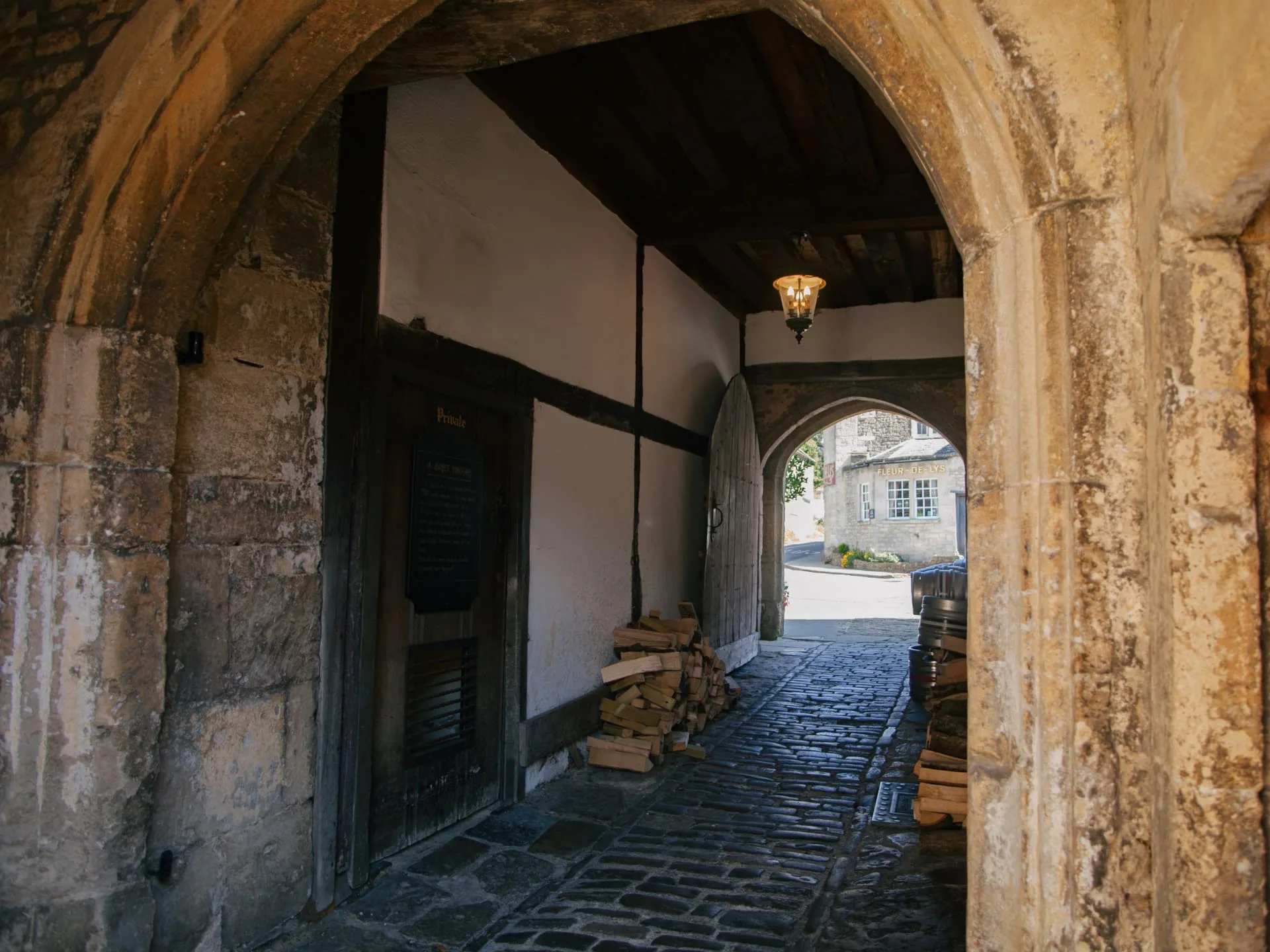Stonehenge Tours from Bath
Stonehenge is a prehistoric monument in Wiltshire, England, built between 3000 BC and 2000 BC. It consists of a ring of standing stones (13ft high, 25 tons each) arranged in a circle, thought to have been used for religious or ceremonial purposes. It's long been a source of mystery and fascination, drawing visitors from around the world.
Stonehenge & Secret England
Love History? Uncover the secrets of Stonehenge up close on a private, guided tour before escaping the crowds into the lush countryside for a journey into extraordinary, quintessential and undiscovered England.

Stonehenge Unearthed
On this half-day tour, you’ll discover deep insights into Stonehenge on a personal, guided tour, with time to admire the stones on your own, visit the exhibition and store, before heading back to Bath.
Ready to uncover the mysteries of Stonehenge?
Tours from London (via Train)
Discover the best of England on a day trip from London.
Discover the best of England on a day trip from London to: Bath, Stonehenge, the Cotswolds and/or hidden England.
What to See in Stonehenge
Stonehenge is a prehistoric monument located in Wiltshire, England. There are several things to see and experience at Stonehenge, including the iconic stone circle consisting of 30 upright stones, weighing over 25 tons each, arranged in a circular pattern.
Outside the main circle, you can also see the Heel Stone, a single large stone that aligns with the rising sun during the summer solstice. Surrounding the stones, there are several earthworks, including a circular ditch and bank.
The recently renovated visitor center houses a museum with interactive displays and exhibits that explain the history and significance of Stonehenge. Near the visitor center, you can also see reconstructions of prehistoric houses that would have been typical of the time when Stonehenge was constructed.
The site is situated in a beautiful landscape that includes fields, hills, and ancient burial mounds. Walking trails allow visitors to explore the surrounding area and enjoy the stunning views.
Overall, visiting Stonehenge provides a unique opportunity to see and experience one of the most remarkable ancient sites in the world, and to marvel at the engineering and architectural achievements of our prehistoric ancestors.
Best Time to Visit Stonehenge
The best time to visit Stonehenge, one of the most iconic prehistoric sites in the world, depends on your preferences and interests. Generally, the most popular time to visit is during the summer months (June to August) when the weather is mild and the days are longer. However, this is also the busiest time of the year, so expect crowds and long lines.
If you prefer a quieter experience, visiting during the shoulder seasons of spring (April to May) or autumn (September to October) can be a good option. During these times, the weather is still pleasant, and the crowds are thinner than in the summer months. Additionally, if you visit in the spring, you may be lucky enough to see the fields surrounding Stonehenge in full bloom, adding to the beauty of the landscape. Visiting in the winter months (November to February) is also an option, but be aware that the site is often closed on Christmas Day and the days are shorter, with fewer daylight hours. However, visiting during the winter can have its advantages, such as seeing the sunrise or sunset over the stones, which can be a magical experience. Overall, the best time to visit Stonehenge depends on your personal preferences, but any time of year can offer a unique and memorable experience.







